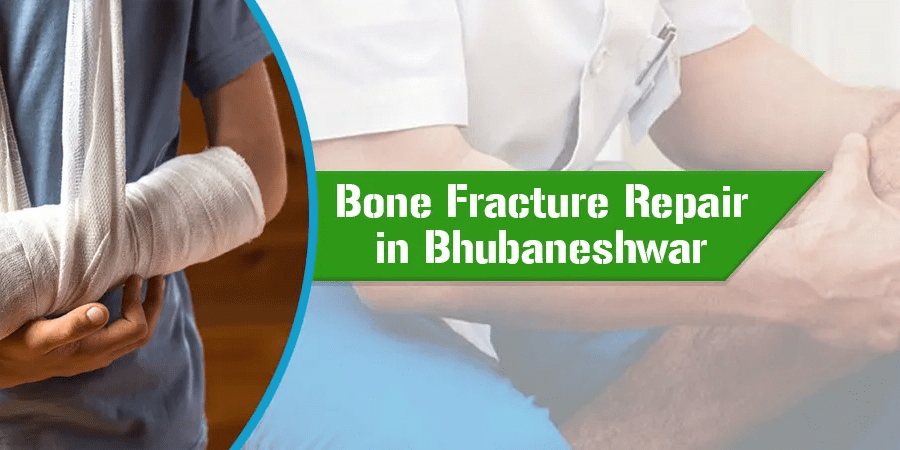Surgery to fix a bone fracture might take several hours. You may be put to sleep with general anesthesia or given a local anesthetic to numb only the fractured limb during surgery. If a plate and screws are to be used, the surgeon may create an incision above the fracture site. To stabilize and heal a fracture, he may create an incision at the end of a long bone and insert a rod down the inner face of the bone. The broken bone is then reattached to the rest of the body. To keep the bone in place, your surgeon may use metal screws, pins, rods, or plates. These might be transient or permanent.
Fractures are treated in a variety of methods, with some requiring only a cast, brace, or splint, while others need surgery to fix the fracture with plates, screws, nails, or pins.
Everyone’s fracture will mend in their unique way. The nature and treatment of the fracture, as well as the factors that impact fracture healing, are all dependent on the person who experiences the fracture. Age, diet, overall health, and whether or not you smoke are all factors to consider.
How to prepare for bone fracture repair
Your doctor may also request imaging studies to determine the exact location of the broken bone. X-rays, CT scans, and MRI scans are among the examples.
Your doctor would probably advise you not to eat anything after midnight the day before your surgery. Someone should drive you to the hospital or surgical facility and then return you home following your procedure.
How Long Does It Take for a Fracture to Heal?
The dangers of repairing a bone fracture
There is a very minimal chance of problems with this treatment. Here are some instances of possible complications:
· an anesthetic-induced allergic response
· bleeding
· clots in the blood
· infection
By revealing all medical problems and drugs you’re taking, as well as properly following your doctor’s post-procedure instructions, you can reduce your chance of complications. This might include advice on how to keep your garment clean and dry.
How is a bone fracture repaired?
If a plate and screws are to be used, the surgeon may create an incision above the fracture site. To stabilize and heal a fracture, he may create an incision at the end of a long bone and insert a rod down the inner face of the bone.
The broken bone is then reattached to the rest of the body. To keep the bone in place, your surgeon may use metal screws, pins, rods, or plates. These might be transient or permanent.
If your bone fractured into shards during your original injury, your doctor may propose a bone graft. To replace the bone that has been lost, this treatment takes bone from another area of your body or a donor.
During surgery, any blood vessels that were damaged as a result of your accident will be repaired.
Your surgeon seals the incision wound with stitches or staples and wraps it in a sterile bandage once the shattered bone has been correctly set. After the surgery, your damaged limb will most likely be placed in a cast.
What can you do to aid or hasten the healing of a fracture?
In terms of activities, follow your doctor’s instructions.
1.To accelerate fracture healing, certain fractures may need early exercise and weight-bearing. Others must be immobilized and not allowed to carry weight. Muscle activity in the wounded leg improves blood flow, decreases edema, and accelerates nutrition exchange to damaged tissues. It also aids in the reduction of muscular atrophy and stiffness (shrinkage).
2. Diet: Eat a healthy, well-balanced diet. Protein, Vitamins C, D, and K, as well as other nutrients, are required for fracture repair. Calcium, magnesium, phosphorus, and zinc are all essential minerals for bone development and repair.
3. Stop smoking if you are a smoker. This is most likely the single most important thing you can do to aid fracture healing. Smoking reduces the flow of fine capillary blood, which is necessary for healing.
4. Stay away from high-dose nonsteroidal anti-inflammatory drugs like ibuprofen or naproxen. These drugs can slow down the healing process in the early stages of a fracture.

